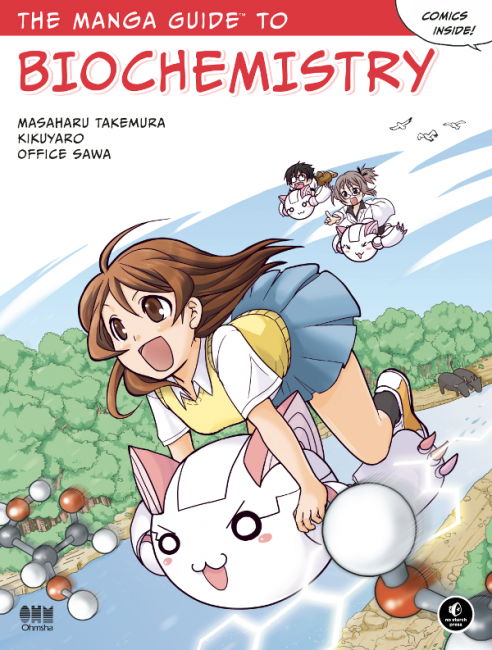A couple of years ago, one of Robert J. Sawyer’s novels was turned into a prime-time television series, in the vein of 24. For fans of the science fiction writer who missed it, this may come as a surprise. Sawyer novels are interesting, perhaps even epic, but what they are not is action-packed. And indeed, the change of genre was a conscious one in the hopes of attracting a mainstream television audience.
But it got the writer thinking. Maybe he could write a thriller novel, something that might appeal to the sort of audience his series had brought to his fiction. He came up with an idea: what if an experiment gone awry suddenly caused a random group of strangers to become psychically-linked to each other, able to access memories not their own? And what if one of those people was the president of the United States, on the eve of a major military operation, resulting in an unprecedented breach of national security?
It sounds sufficiently thrilling to be worth a shot, and Sawyer must have thought so, too, since it was only a short time later that Triggers was born.
Dan Brown wrote a couple of techno-thrillers, which were heavy on the thriller and frequently inaccurate on the technical details. Still, they were readable, if not thought-provoking. Sawyer, coming at the problem from the other side, must have had a different sort of struggle. Trying to keep the frenetic pacing required while exploring the kind of philosophical quandaries that keep SF readers and writers so addicted to the genre must have been quite a balancing act.
If I were to treat this as a straight thriller, there were probably some spots after the first third or so of the novel where I might have said “we don’t need this scene”, “that’s slowing us down too much”, “we need another disaster right about here to ramp up the immediate tension again”.
But it’s not a straight thriller, and we do need those scenes, and the novel does maintain its tension, just not of the same kind as in a pure thriller. Sometimes it’s an emotional tension, and sometimes it’s the anticipation of nascent intellectual discovery. Sawyer develops his characters more, allows them (and the reader along with them) to sit and think about things a lot more, and fills in a lot more (fascinating) technical background on the scientific underpinnings than a thriller writer would.
This should come as no surprise. After all, a number of Sawyer novels one might point to involve little more than smart people sitting around and talking, and you can’t expect him to forgo this sort of material entirely. Calculating God, for example, is a book-length conversation between a dying paleontologist and a visiting extraterrestrial. There is some action in there, but not the violent sort one finds in the genre of espionage and assassins.
The ending of Triggers, too, is of a very classic SF sort. It’s one previously employed by a couple of past SFWA Grandmasters, whom I will decline to name, rather than give anything away. And it’s also very in line with themes of consciousness explored by Sawyer over much of his career. I’m reminded of one of his early hits, The Terminal Experiment, along with his recent WWW trilogy.
But just because I’ve been sitting here explicating where Triggers differs from your standard thriller, don’t get the impression that I’m arguing against that label. I just think SF fans should know this Hugo, Nebula, and Campbell award-winner hasn’t gone over to the dark side. There’s still plenty of food for thought here, nestled between gun-fights and explosions.
(Ace, 2012)
Reprinted with permission from The Green Man Review
Copyright (2012) The Green Man Review

